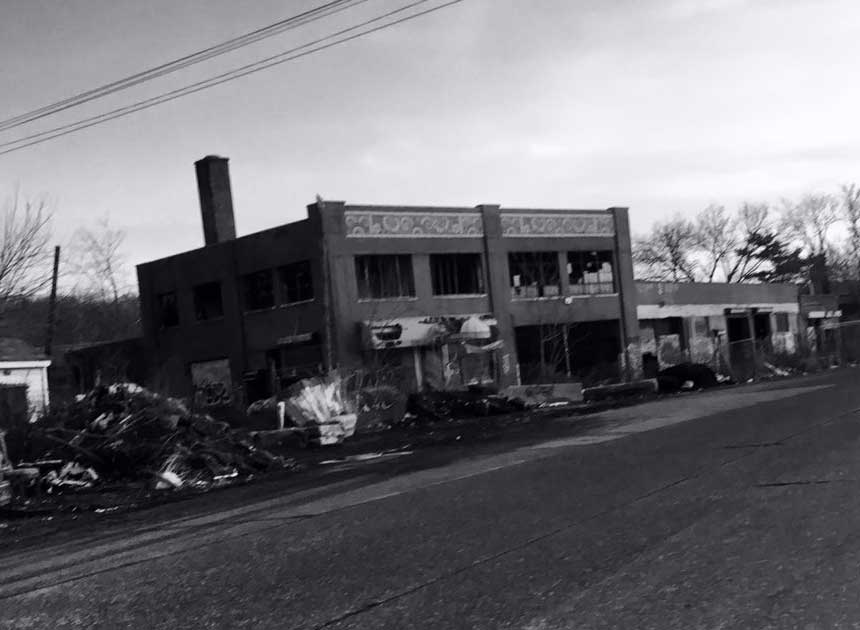
By Bryan Emenecker
For many years, fires in abandoned buildings have plagued the urban inner-city firefighter. With the recent economic decline and housing market and business environment being very fragile, this problem has now reared its head in the suburbs as well as in the rural areas of our nation. These challenges are of concern for operational safety and extinguishment efforts.
We use the term “preplan” to garner information from buildings typically in commercial status to develop tactics and strategies for firefighting efforts. This this type of effort has proven to be successful.
RELATED
Abandoned Building Policy: Five Years Later
Responding to Fires in Vacant Buildings: Proceed with Caution
However, for fires in abandoned buildings, we must take a more calculated and cautious approach and replace the term preplan with the term “gathering of intelligence.”
Gathering of Intelligence
This intelligence gathering has to be an ongoing process because the character of these buildings changes over time. The changes may be caused by vandals, neglect, weather, or previous fires or other emergencies. Many hazards are associated with these buildings; hence, we should treat them as occupied structures instead of vacant ones.
When fighting fires in and around abandoned buildings, there are many more factors to compute into our incident action plan that should be considered:
• Water supply: Is the water delivery system in the area adequate enough for effective extinguishment efforts?
• Street conditions: Can the street handle a long period of operating fire apparatus and water flow? Is it undermining a probable hazard?
• Search. It is common to hear that firefighters have no business in vacant buildings. The major problem with this train of thought is that these buildings don’t spontaneously combust. They could be on fire for a number of reasons: An obvious reason typically would be a deliberate fire to collect the insurance. Other reasons include accidental fires by squatters using the building to stay warm during the colder months and starting a fire to conceal a crime.
It is as important to search an abandoned building as a legally occupied dwelling—when conditions permit. If fire conditions do not permit interior operations, other issues must be considered such as conducting a search with minimal personnel or shoring the areas that may be questionable before searching. There have been reports of fire victims in these building not be discovered for days and even months after the fire department leaves the scene. Such occurrences tarnish the reputation of the fire department in the eyes of the community and the media. A good point to ponder before leaving a fire that occurred in an abandoned building is whether you are 100 sure that the building is clear of any possible fire victims.
Of course, firefighters want to be safe. With aggressive intelligence gathering on these types of buildings, we can better factor in operational considerations that can make us safe and still allow us to be firefighters.
BIO
Bryan Emenecker has 27 years in the fire service, where he started as a volunteer in 1985. He has served the past 18 years in the Camden (NJ) Fire Department, where he is a captain of Squad Co. 7. He is a level 2 fire service instructor for New Jersey and a Pro-Board-certified fire instructor. He is an instructor for Safety & Survival Training LLC. He was an FDIC H.O.T. instructor for the 2012 conference.

